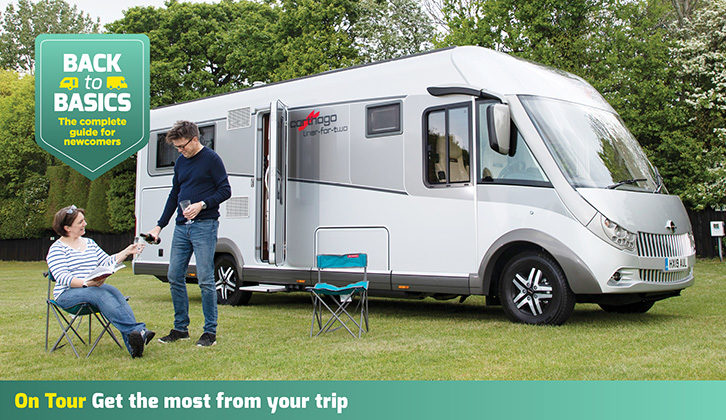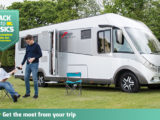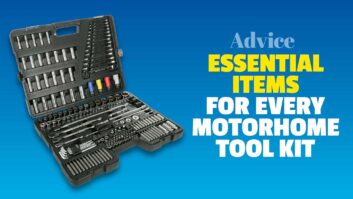The experts at Practical Motorhome have provided the solutions to four common touring problems you may experience when you’re out in your ‘van. If you’re still looking for somewhere to head to for your first trip, be sure to look at our best motorhome park round-up, where we’re sharing the top locations to head to across the country.
How to obtain fresh water
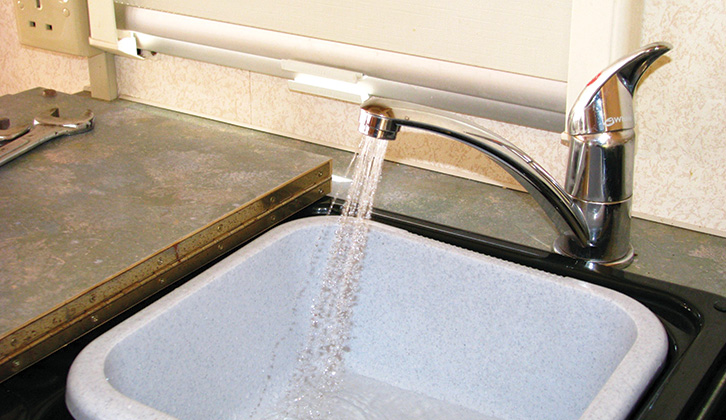
To comply with strict payload rules, it’s best to drive with your fresh-water tank only 20% full. You can fill up again as soon as you arrive, before you pitch up.
On some sites, super-pitches have their own water connections, but at most, the supply is in a central location that isn’t always easily accessible. You will need to bring a sufficiently long water-hose with you.
Make sure this is a ‘food grade’ hose (many garden hoses are not), because you’ll be loading drinking water. Also, be sure to identify the ’van’s fresh-water filler point – don’t mistake it for the fuel point, usually inside the frame of the passenger door!
Some motorhomes also have a Whale connection, so you can fill the system from an external Aquaroll; in that case, check your handbook for instructions.
Peter Baber
How to change a gas bottle
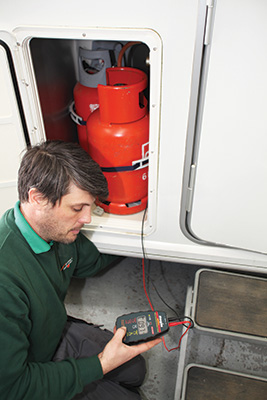
Motorhome gas bottles should always be securely strapped into their locker, and the regulator pigtail fitted and tightened with a 30mm spanner. It should be noted that gas fittings have a reversed thread, so you undo the connections by turning the nut clockwise, which might at first seem a bit counterintuitive.
Ensure the gas bottle is turned off at the top tap before removing it. When the pigtail pipe is separated from the bottle, you will smell a small amount of gas, but as long as the bottle is turned off, this is perfectly normal. Finally, screw the plastic stopper into the bottle’s brass thread, to protect it and help prevent minor leaks.
When retightening the pigtail nut on the gas cylinder, ensure it is hand-tight, but do not overtighten it, because this might damage the threads.
John Sootheran
Empty a chemical toilet
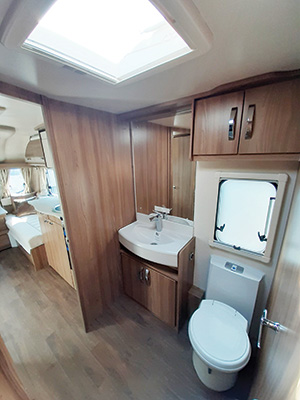
Unlock the cassette locker and open the hatch. Nip the yellow or orange handles together with the grey grip to release the cassette. The orange grip doubles as an extending handle, so you can wheel the cassette.
At the disposal point, twist the fill/empty nozzle and remove the cap. Put the cap well away from the disposal hole – you don’t want to have to fish it out. Now press the orange vacuum-release button on the cassette and pour the contents into the disposal point.
Rinse the cassette with water. Before replacing it, add diluted blue or green cassette chemical. Only ever empty at a dedicated disposal point.
John Sootheran
Drive along narrow streets
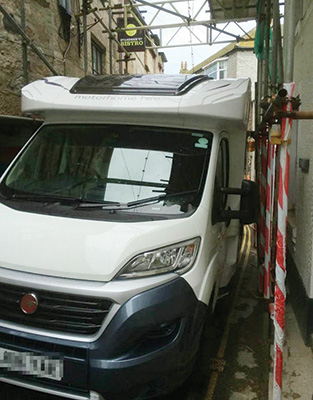
First of all, don’t panic! Before traversing the narrowest part, activate the rear-vision camera; reversing and finding another route is best. If that isn’t a goer and if you are accompanied, ask the passenger to disembark while they can still open a door. They should be in front of the ’van, far enough away to see clearly along both sides up to the top corner edges. They should view clearances by looking up and down, so that protuberances, such as the wind-out awning, are taken into account. If solo, ask passers-by to assist. And in an emergency, remove window boxes from adjacent cottages!
Gentleman Jack
Looking for more great on tour inspiration? Then be sure to head to our Back to Basics – On Tour category, where you can find plenty of ideas that will help you take your motorhome adventures to the next level!
If you’ve enjoyed reading this article, why not get the latest news, reviews and features delivered direct to your door or inbox every month. Take advantage of our brilliant Practical Motorhome magazine SUBSCRIBERS’ OFFER and SIGN UP TO OUR NEWSLETTER for regular weekly updates on all things motorhome related.
